Au restaurant du Plaza Athénée je rejoins pour déjeuner l’un des dirigeants du groupe Dorchester qui possède le Meurice, le Plaza et le Dorchester de Londres. Nous visitons la superbe cave du restaurant et notamment le coffre-fort qui contient quelques bouteilles de 1911 date de la création de l’hôtel Plaza. Je suis étonné de ne pas trouver la bouteille de Moët 1911 qui avait été donnée avec solennité par la maison Moët à l’occasion d’une vente exceptionnelle de bouteilles de Moët 1911 dans onze capitales mondiales le 11 novembre 2011. Mon hôte m’indique que cette bouteille a été placée avec quelques autres dans un sarcophage de survie scellé qui ne sera ouvert que lorsque beaucoup d’entre nous serons morts.
La salle à manger est claire et raffinée, avec des tons d’or et de blanc, ce qui convient parfaitement au petit toast de bienvenue léché d’un miel de la même couleur. La bienvenue est aussi marquée par un jus aux légumes verts, qui se veut provocant et y réussit, car l’algue mêlée aux légumes verts a une petite saveur de franchement rebutante.
Le menu que me suggère Denis Courtiade le directeur du restaurant est : lentilles vertes du Puy et caviar, délicate gelée d’anguille / Saint-Jacques de Chausey, chou-fleur, vieux Comté, truffe noire / turbot du Golfe de Gascogne, choux de Milan, barbes à peine fumées / fromages / chocolat et café de notre manufacture, badiane, praliné / citron niçois, algues kombu à l’estragon / baba au rhum à la crème.
C’est Laurent Roucayrol, le chef sommelier qui va guider le parcours des vins. Nous commençons par un Champagne Henri Giraud Blanc de Craie Aÿ sans année dont l’attaque est belle, fraîche et franche, mais qui manque un peu de longueur et d’ampleur. C’est un bon champagne d’accueil et lorsque j’y reviendrai plus tard mon avis sera plus ouvert. Les amuse-bouche sont variés et délicats, de grande dextérité, sur des textures variées. Ils sont intelligemment distribués.
Les lentilles mêlées au caviar constituent un plat de très grande qualité. Il est indispensable de goûter ensemble les cinq éléments, lentilles, caviar, gelée, crème et crêpe. Car lentilles et caviar seuls, délicieux, sont orphelins sans les trois autres. La gelée est exceptionnelle. Le plat est grand. Le Champagne Avizoise Grand Cru Extra Brut Blanc de Blancs Agrapart & Fils 2007 est beaucoup plus large et complexe que le précédent et convient merveilleusement à ce plat. Sa vivacité de chardonnay excite le caviar gris à gros grains. Malgré son dosage d’extra-brut, ce champagne est gourmand.
Les Saint-Jacques sont excellentes et la tourte au chou-fleur est appétissante. Le Vouvray Le Haut-Lieu demi-sec Domaine Huet 2008 est légèrement fumé, très bien dosé, sans douceur excessive. Il est très agréable. Il a suffisamment de vivacité pour accompagner le plat mais ne crée pas un réel accord. Le plat et le vin se côtoient poliment sans se féconder l’un l’autre. C’est le comté qui crée le pont entre le vin et le plat.
Le turbot est de belle mâche et le chou appelle un vin rouge. L’ Hermitage rouge Domaine Jean-Louis Chave 2000 combine un fruit puissant, une jeunesse extrême et en même temps la douceur d’un beau début de maturité. L’accord est superbe et les barbes légèrement fumées sont comme des bonbons. Le vin se continue avec de bons fromages. C’est son fruit rouge juteux qui me fascine.
Le dessert au chocolat a des goûts assez complexes, difficiles pour mon palais même si j’aime l’amertume du chocolat. Tandis que le dessert au citron et l’excellent baba au rhum glissent en bouche avec bonheur.
Après le déjeuner je vais féliciter en cuisine le chef Romain Meder qui m’explique élégamment les choix qui sont faits pour réaliser les plats dans la philosophie d’Alain Ducasse qui est de s’appuyer sur des produits de qualité et de ne pas hésiter à dérouter. La cuisine ne doit pas être convenue ou conventionnelle et provoquer des réactions.
Dans cette jolie salle avec un service attentif, ce fut un très agréable déjeuner dont les gagnants sont pour le plat, lentilles et caviar et le Chave pour le vin.
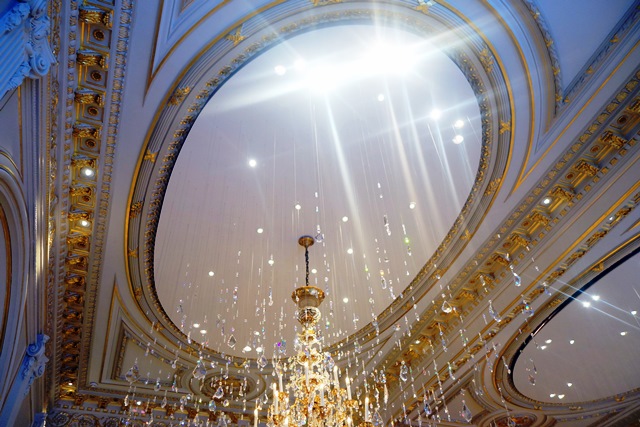

centre de table et le miel du toast de bienvenue avec son jus
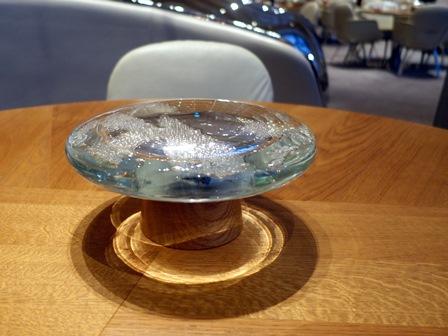
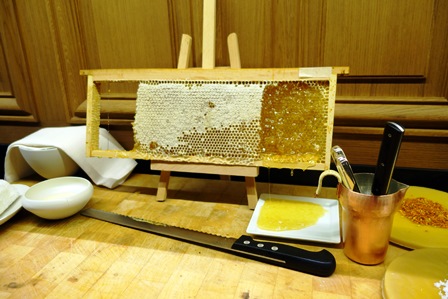
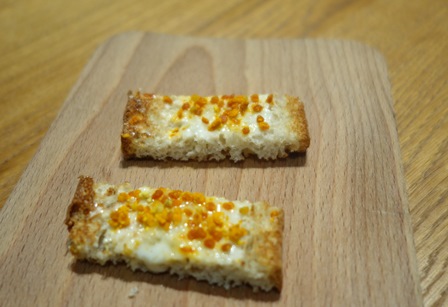



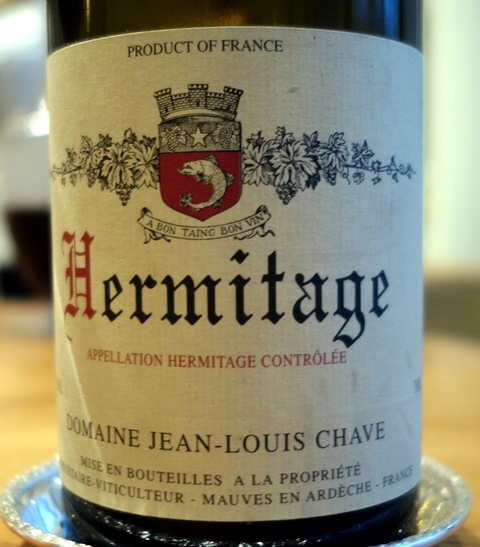

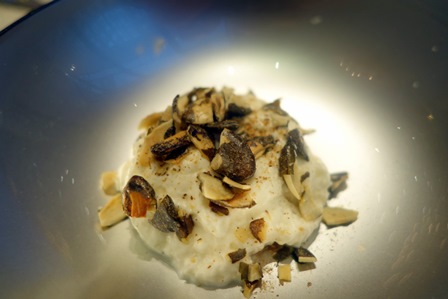
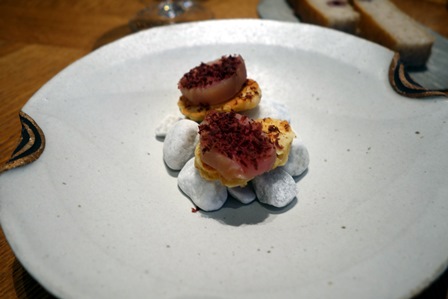
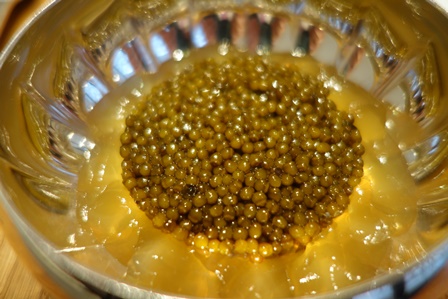
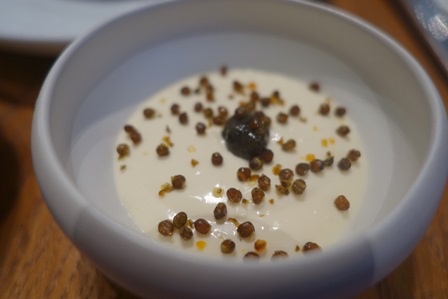
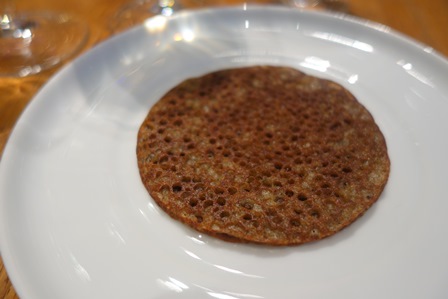
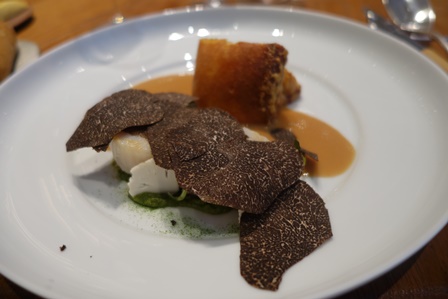
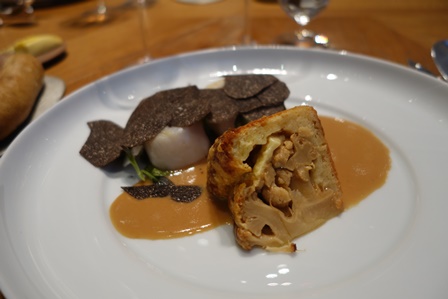
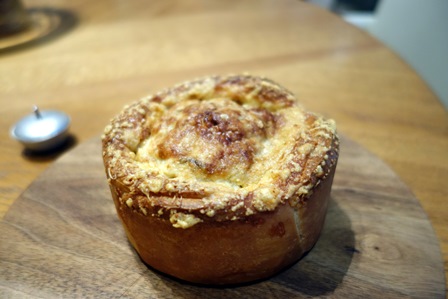
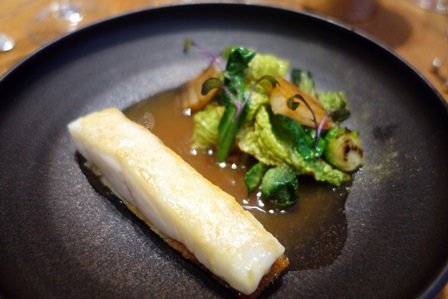
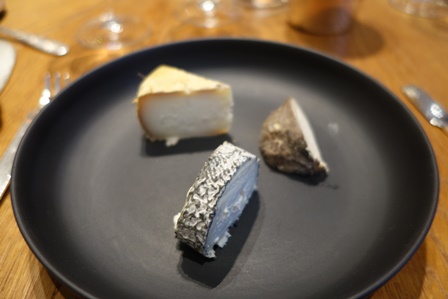
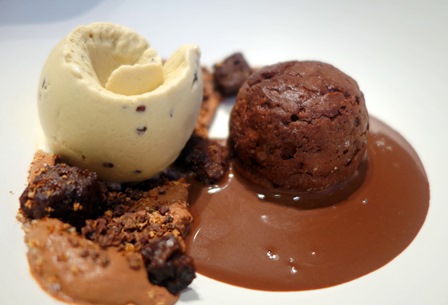

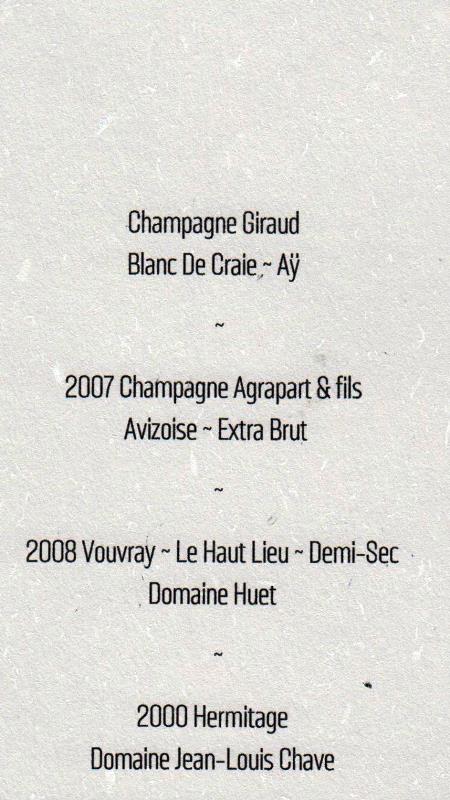

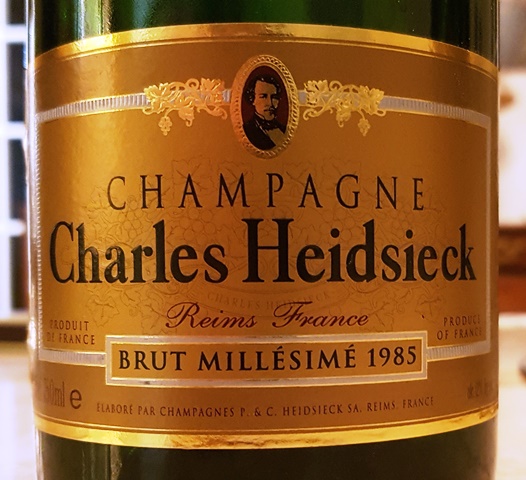

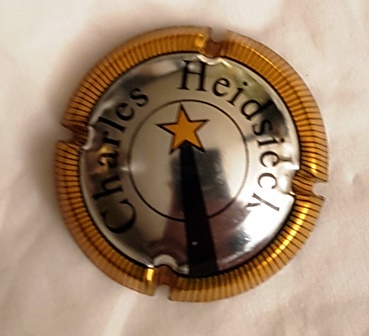
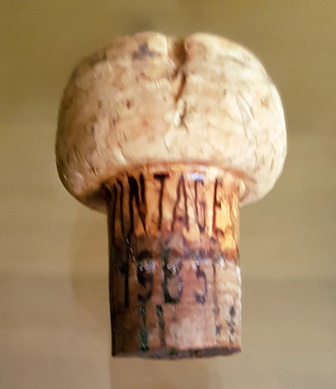
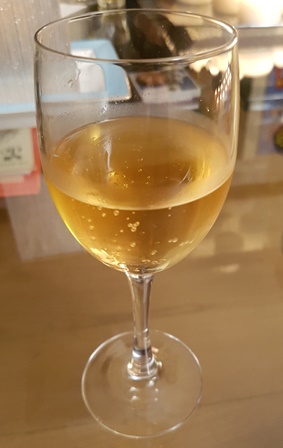
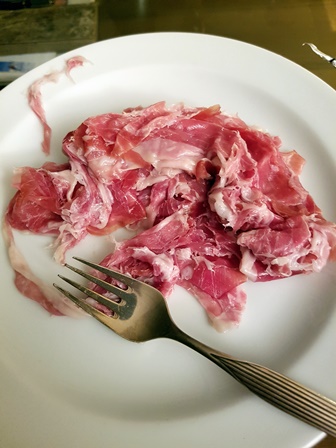
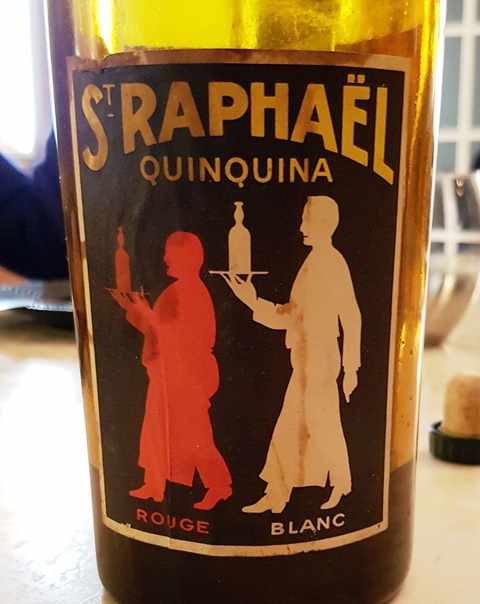

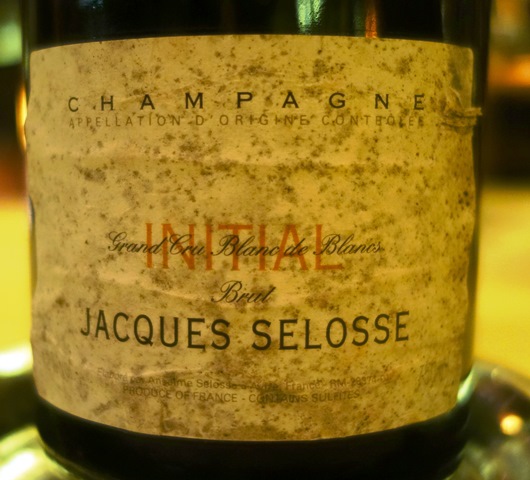
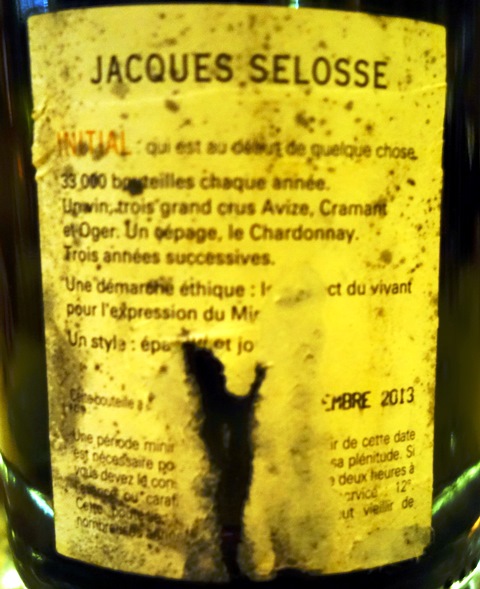
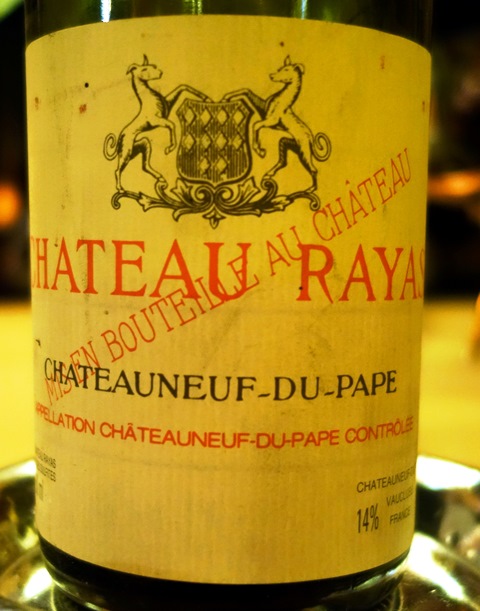
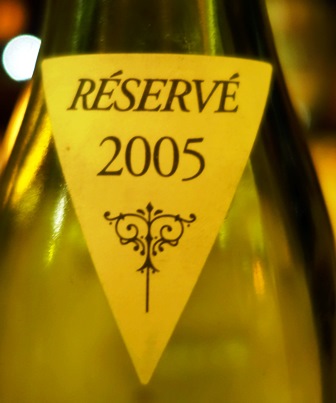
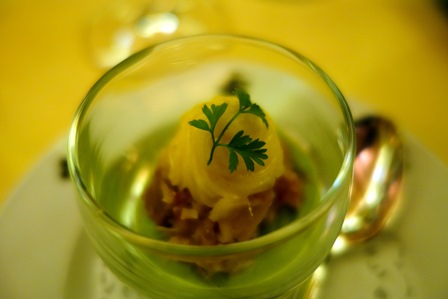
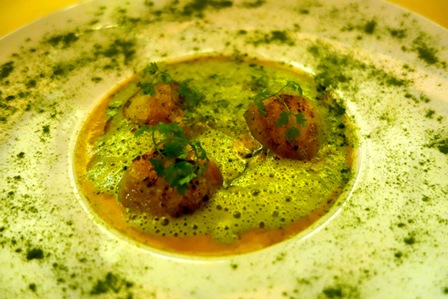
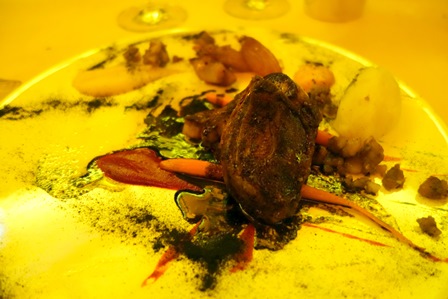
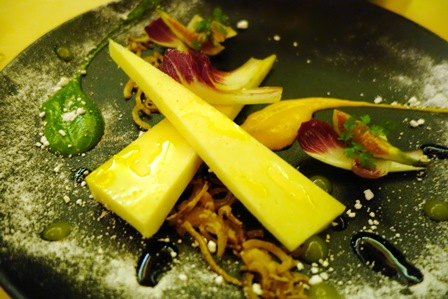
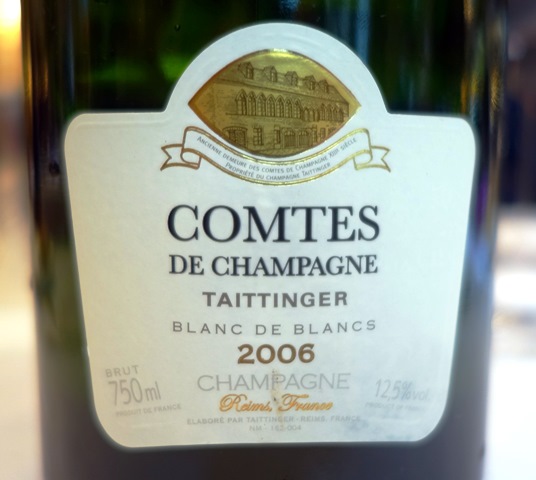
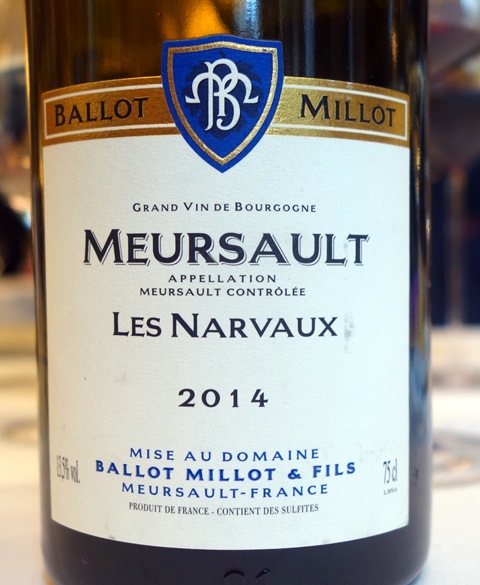
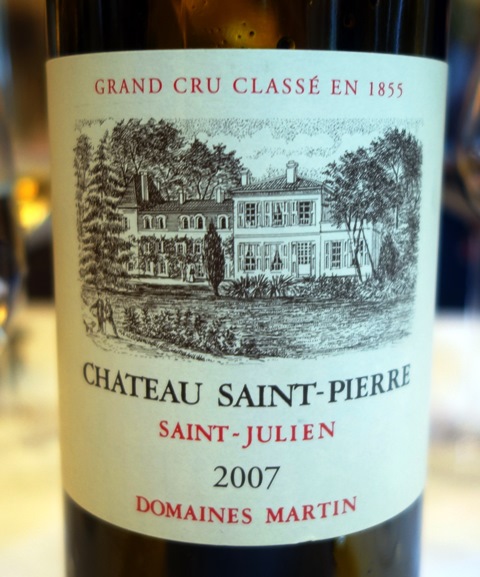
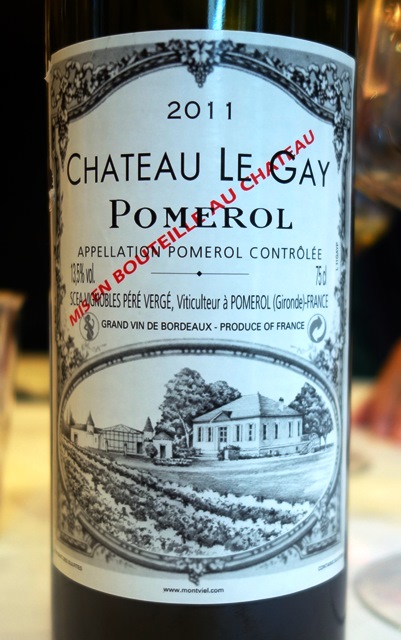
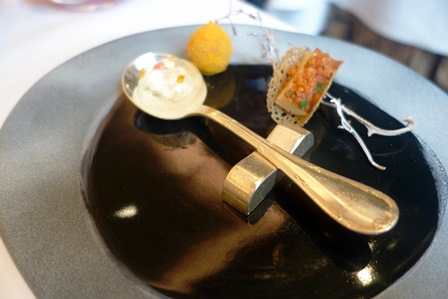
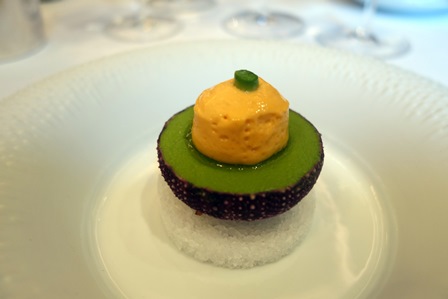
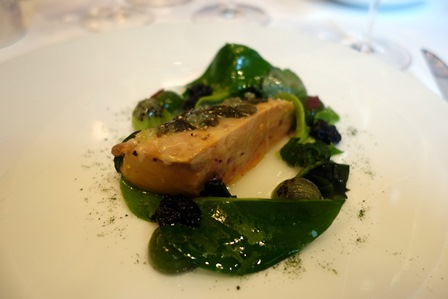
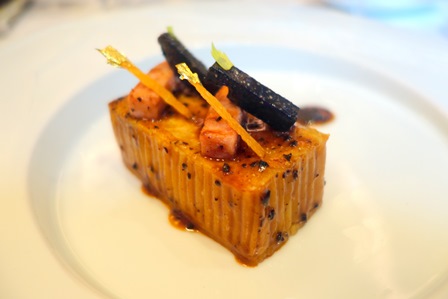
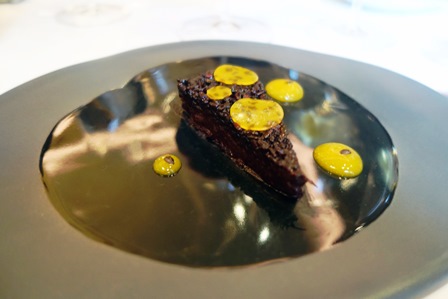
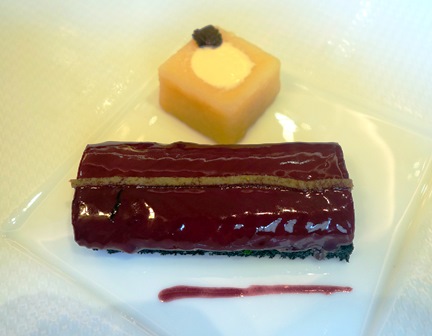
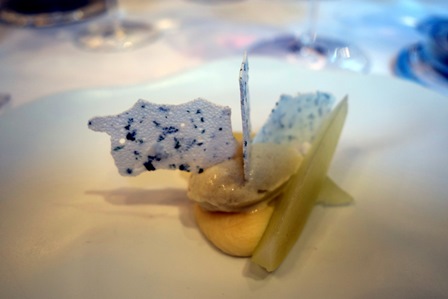
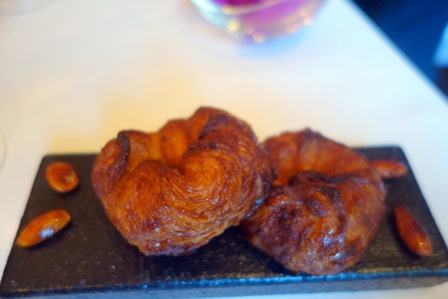
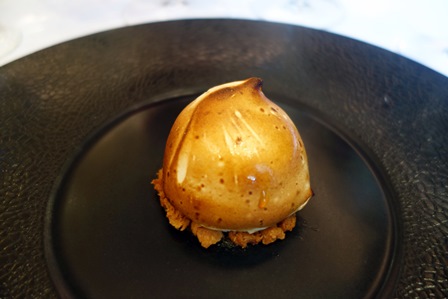
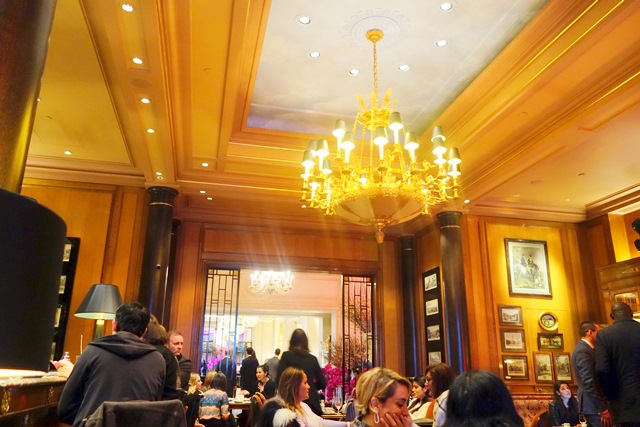
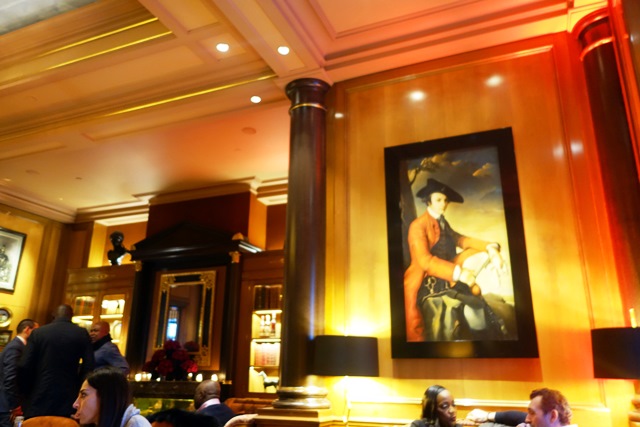
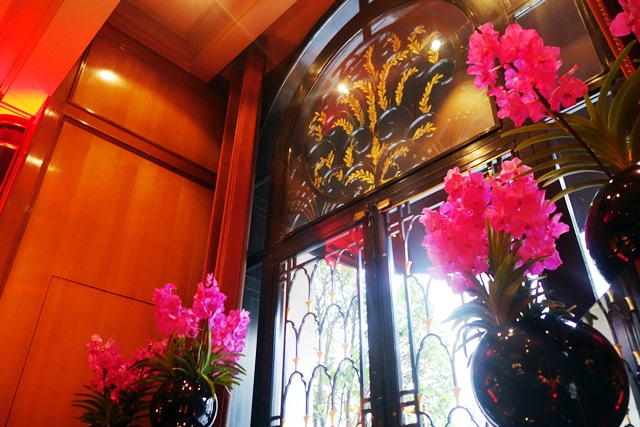
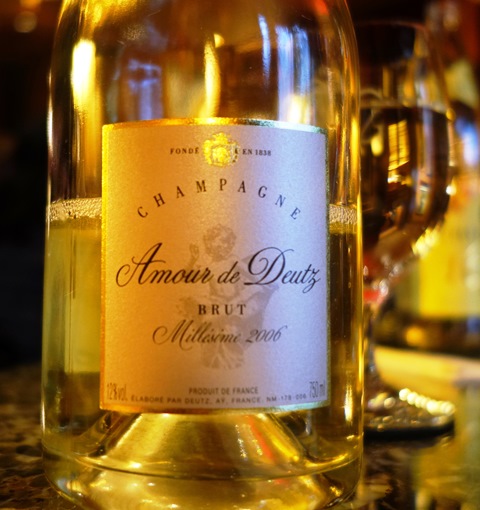
























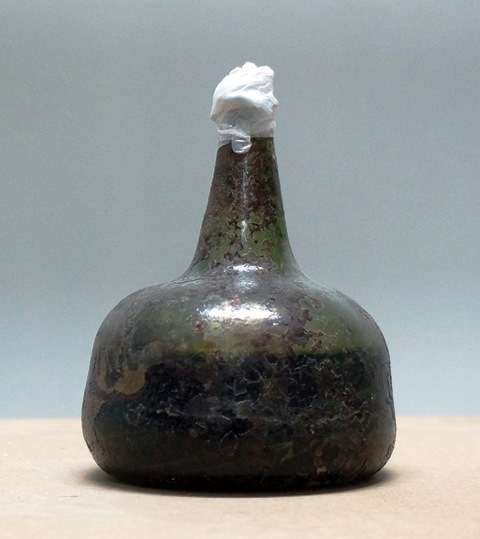
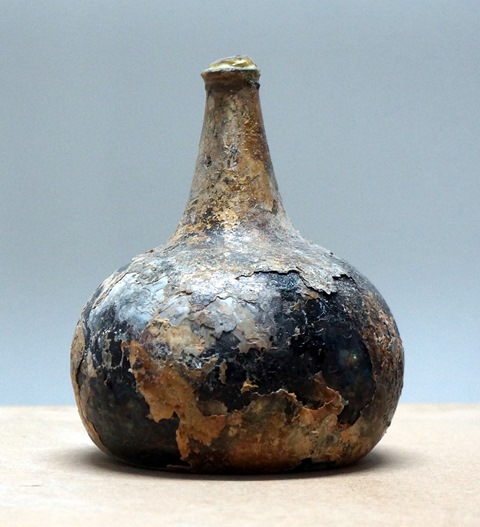
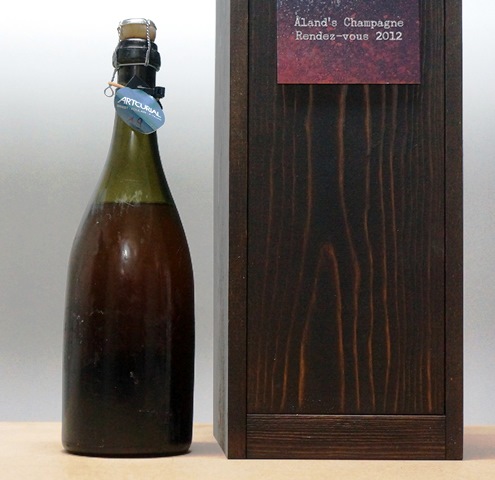
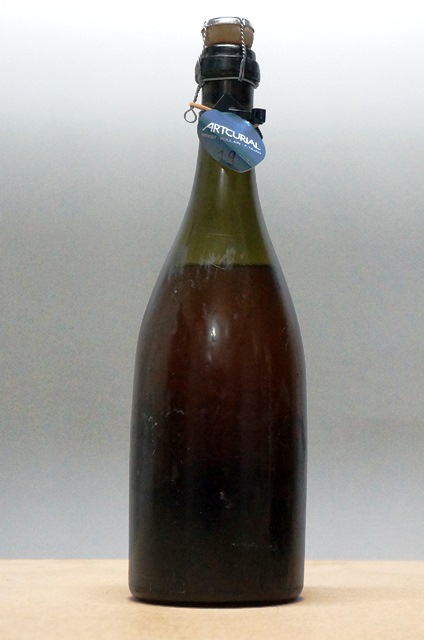
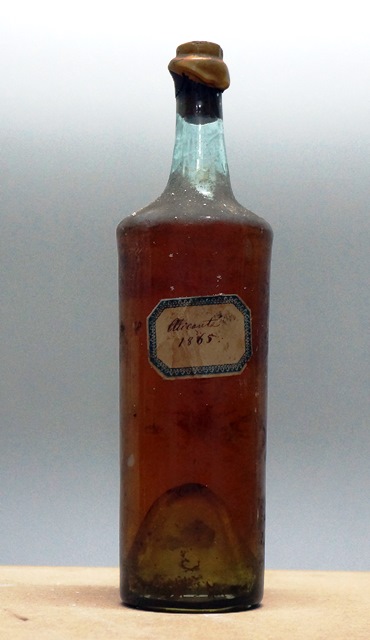
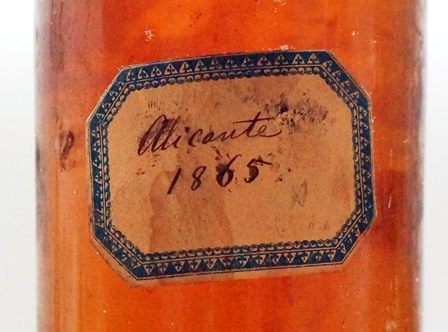
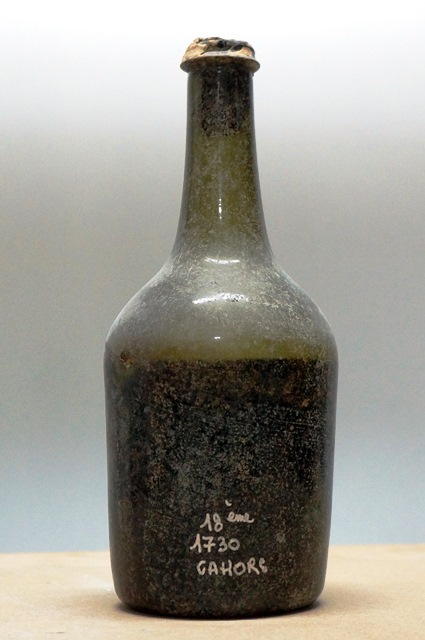
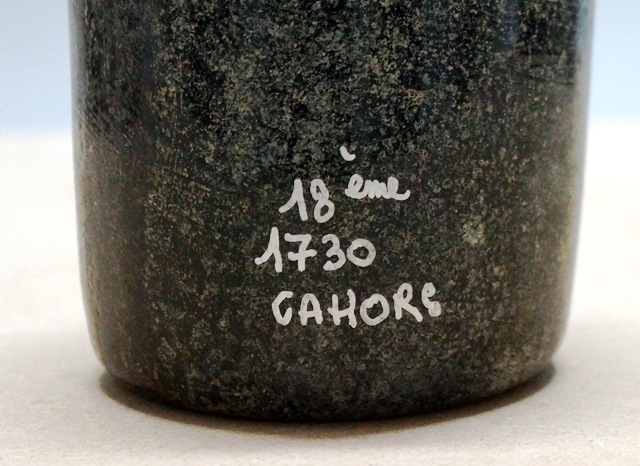
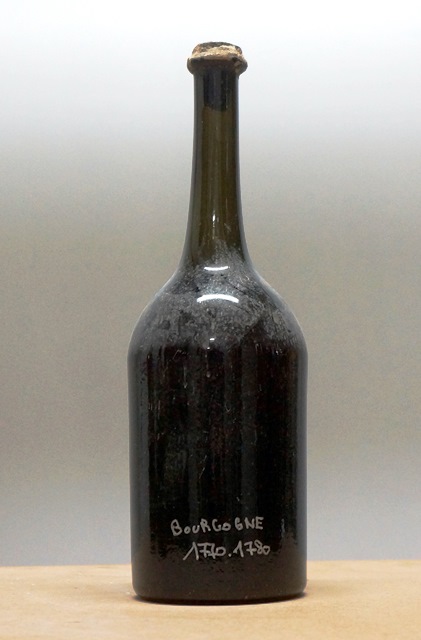
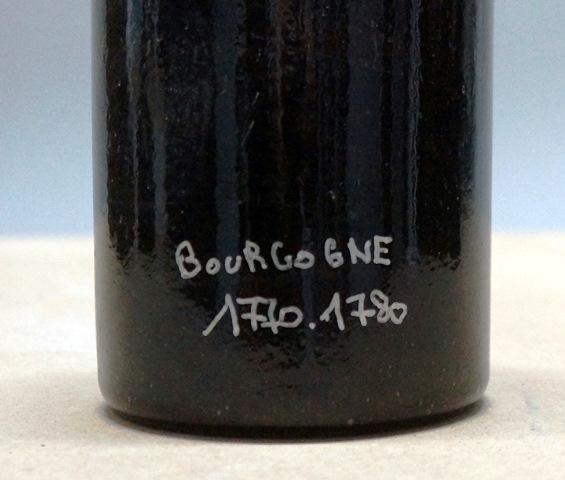
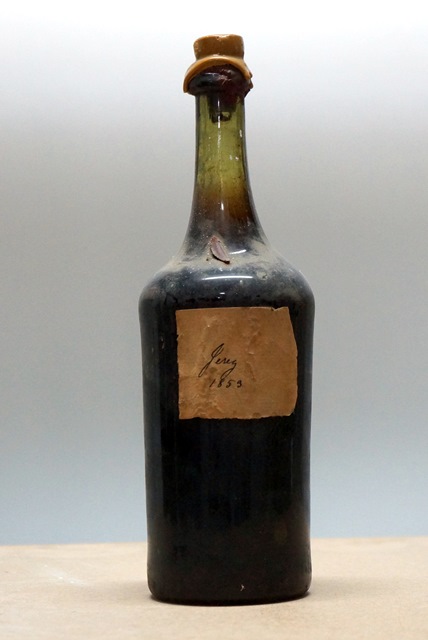
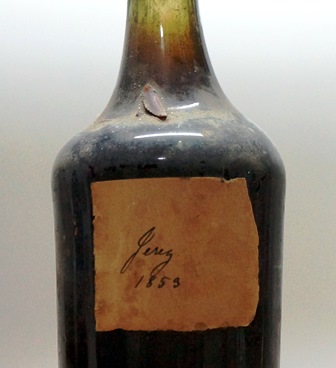
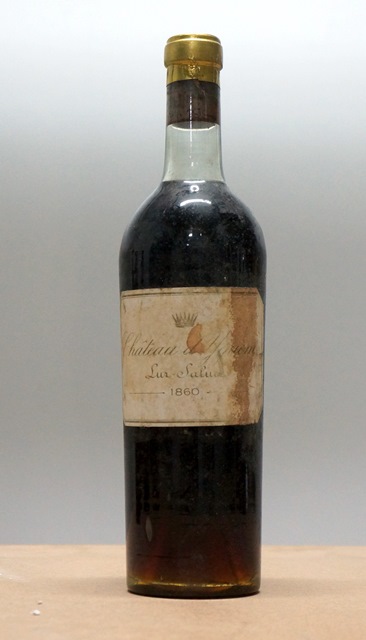
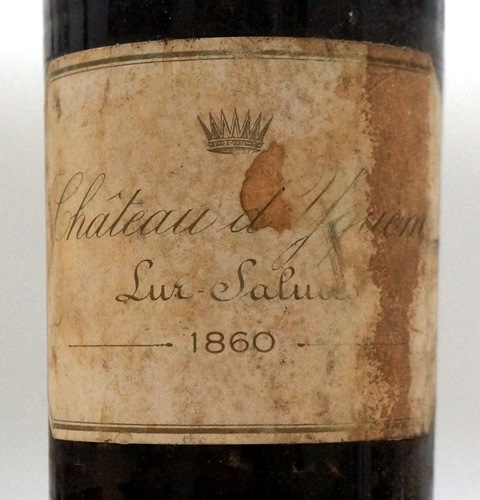
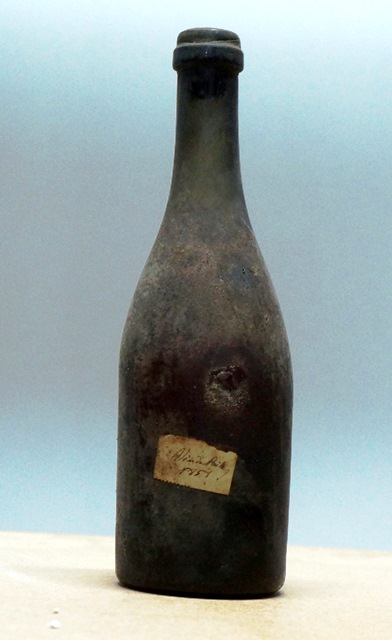
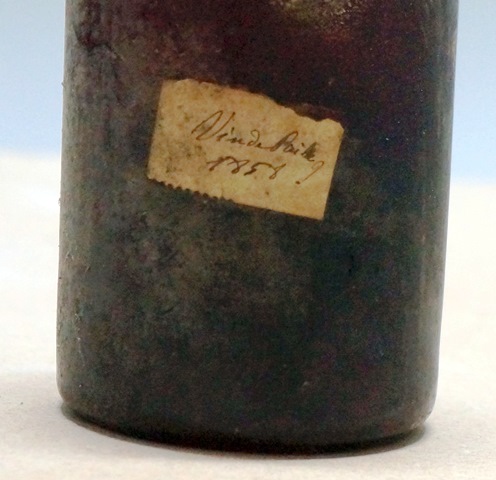
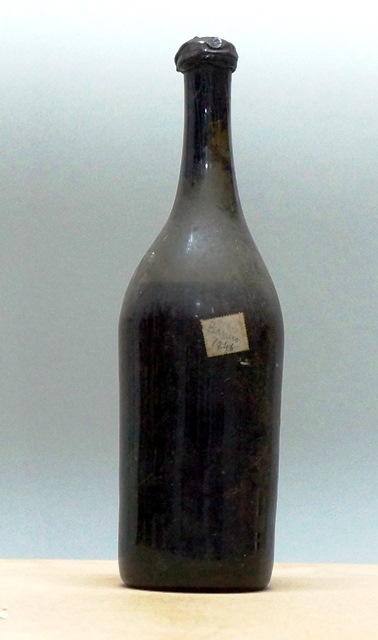
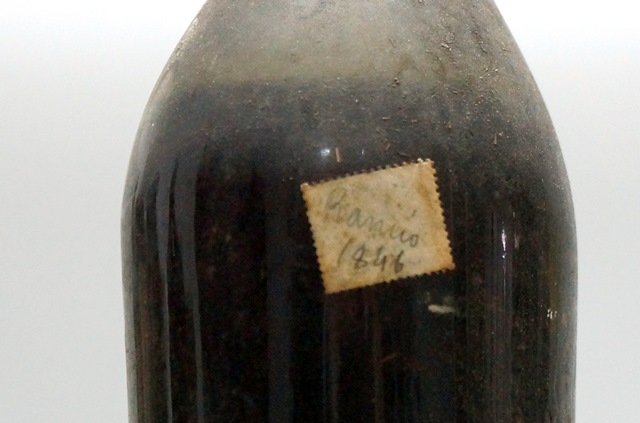
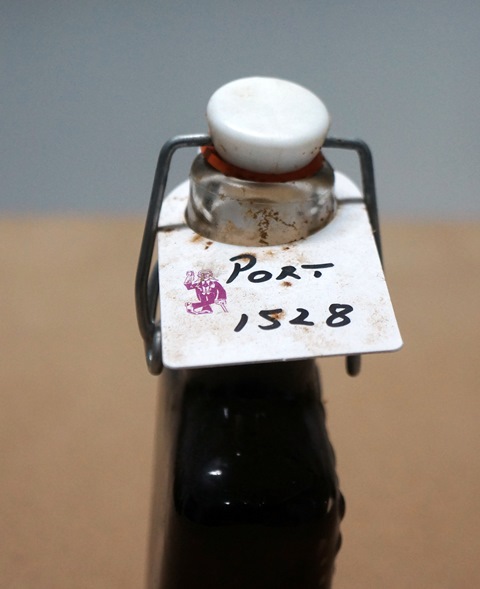
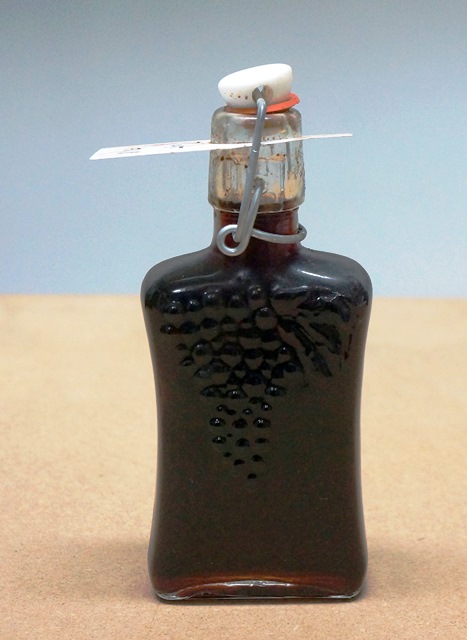
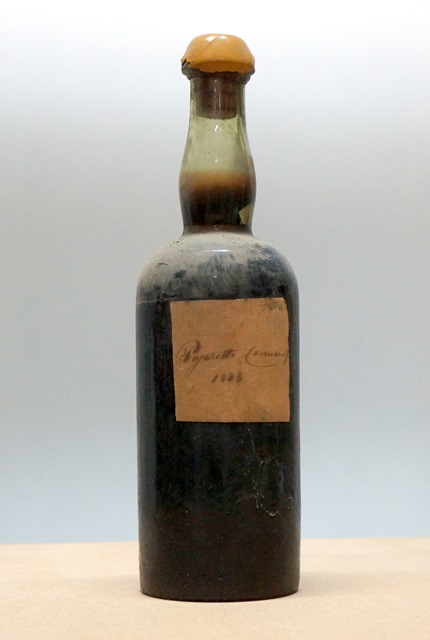
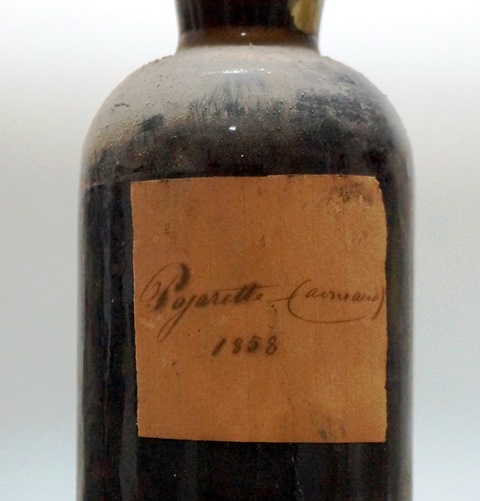
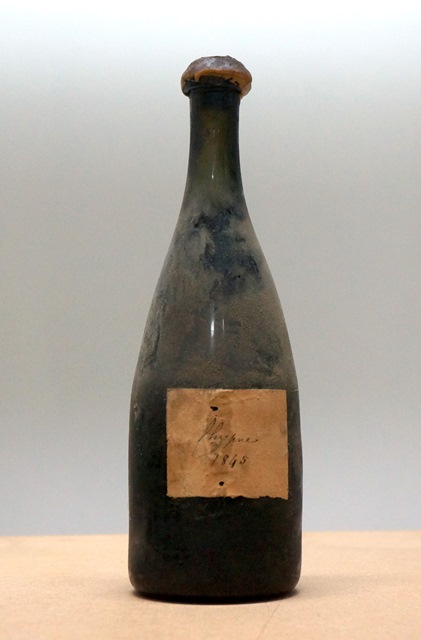
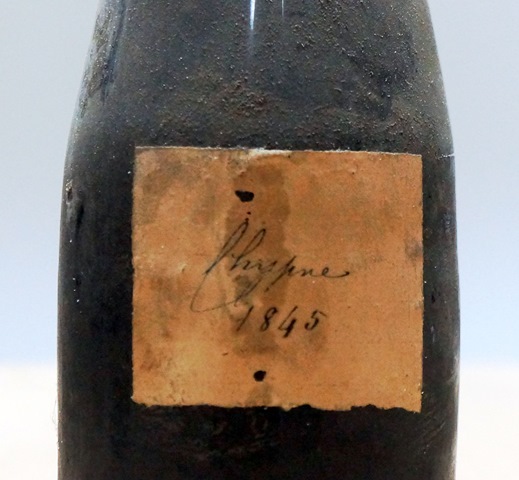

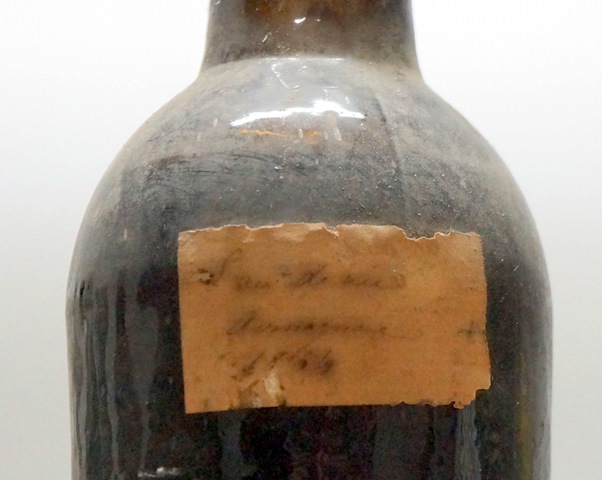

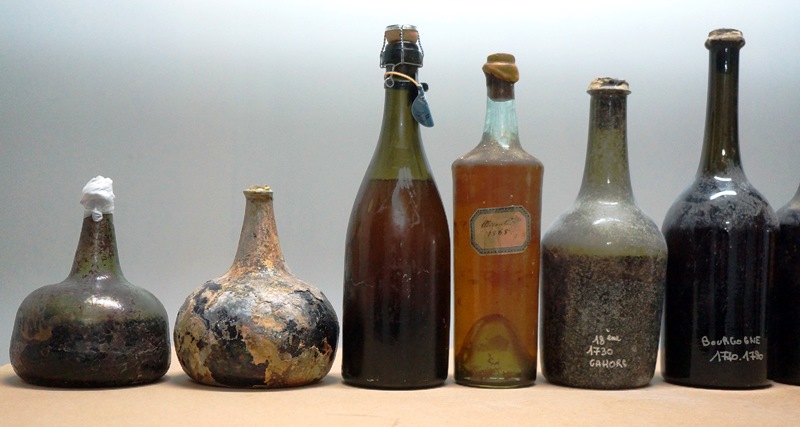
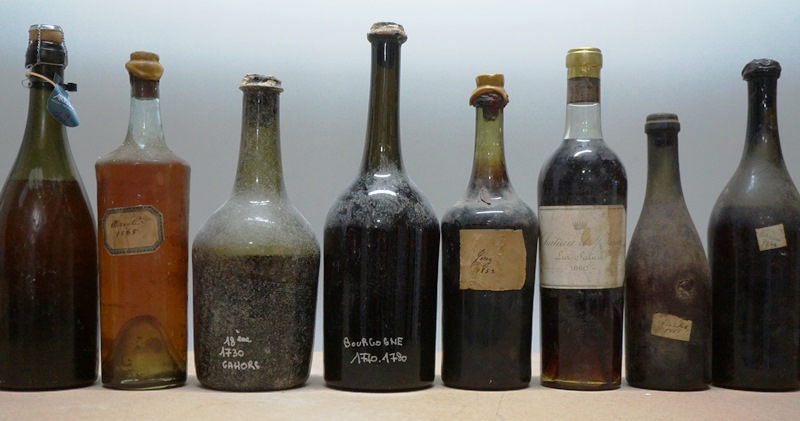

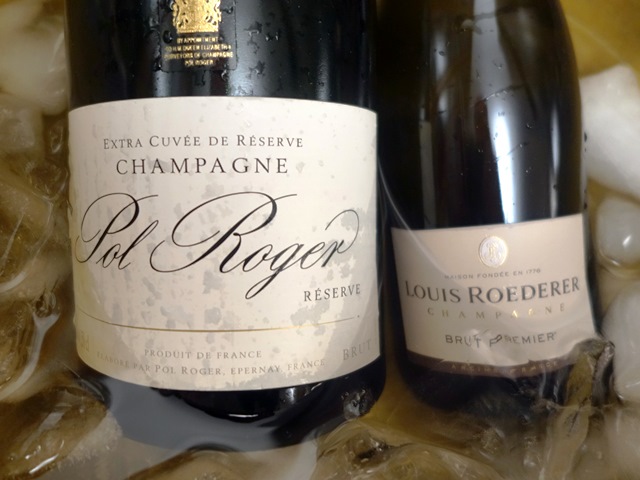
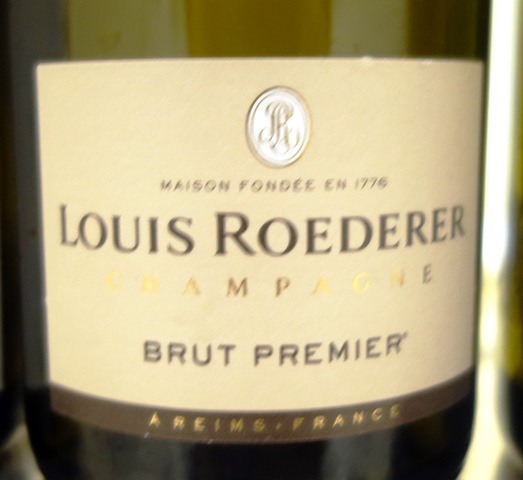
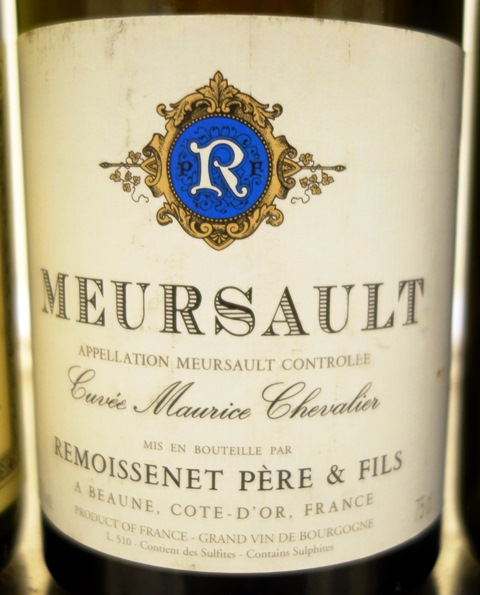
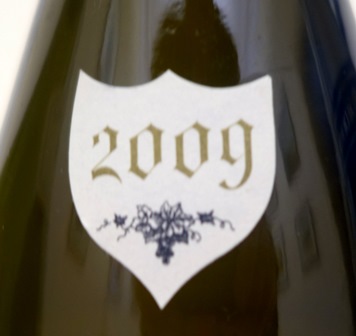
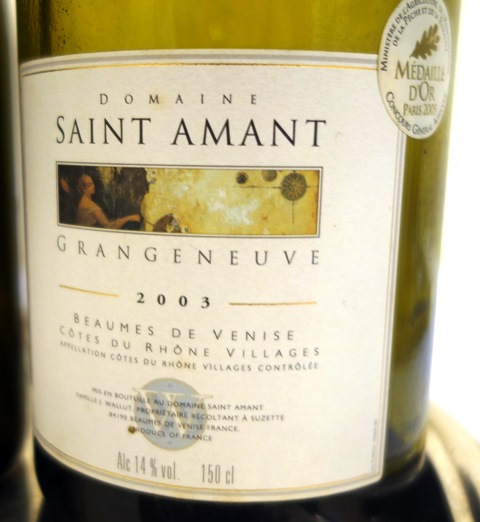
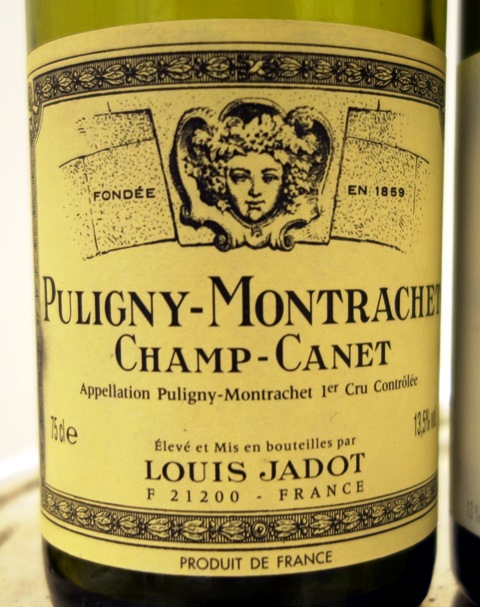
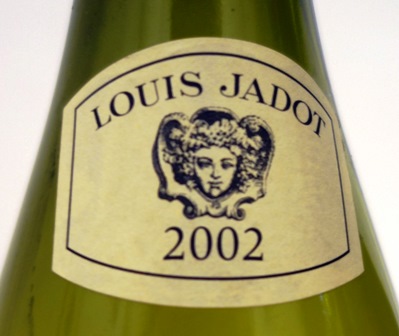
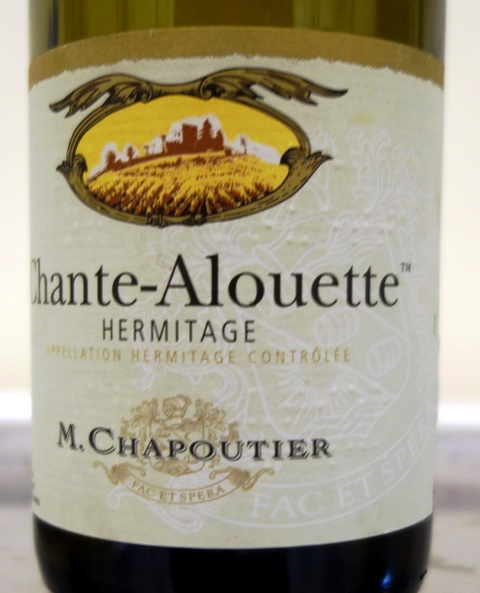
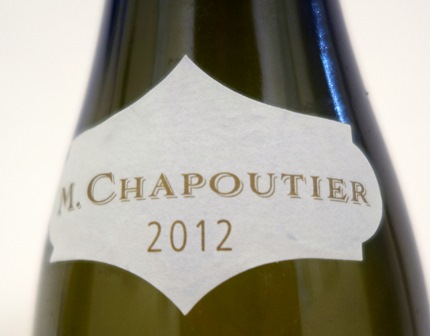
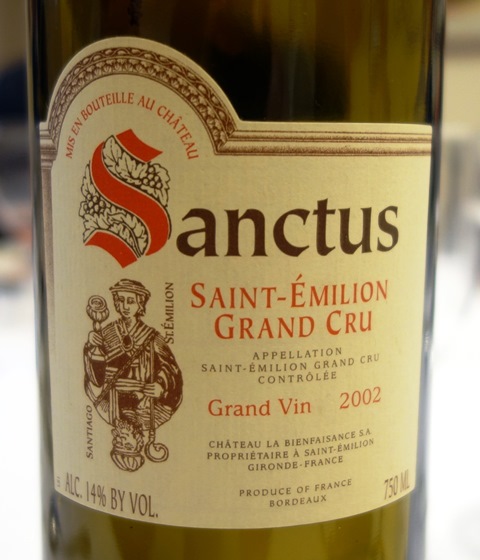
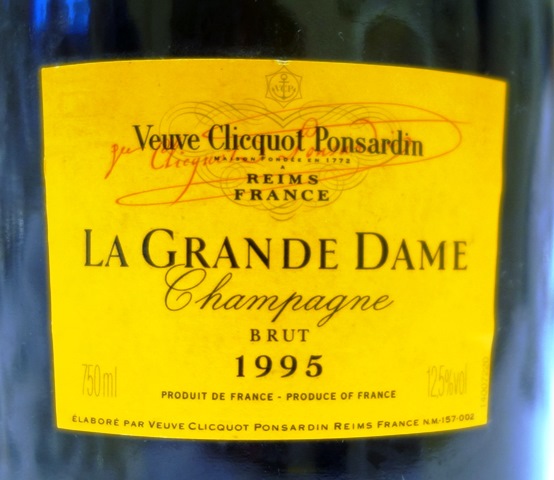
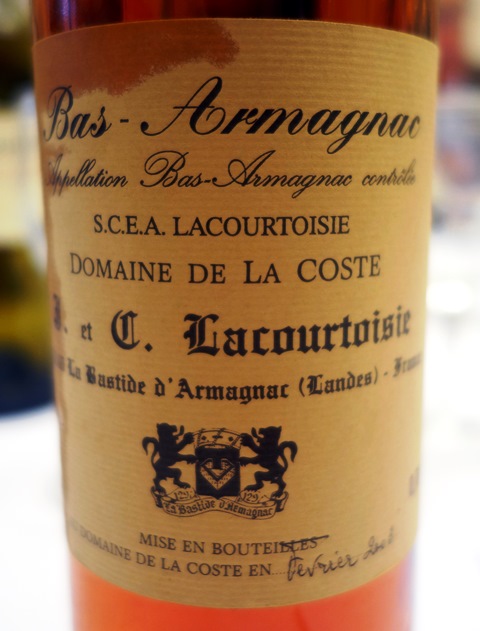
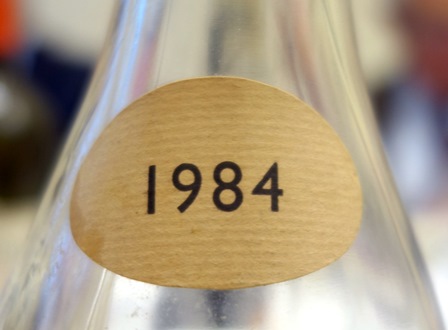
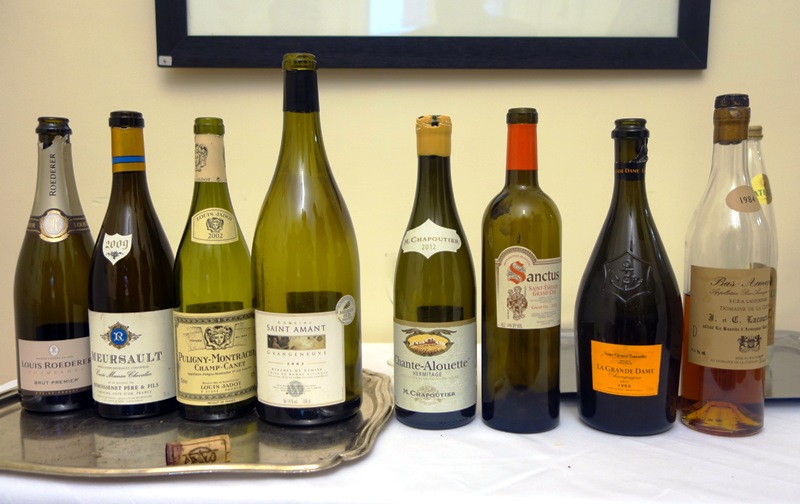
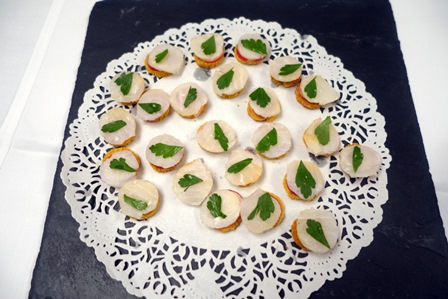
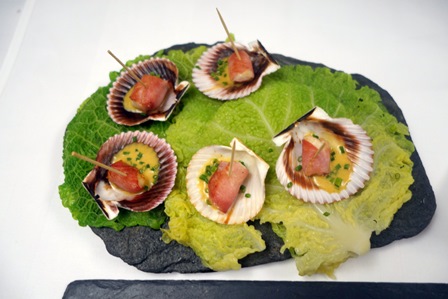
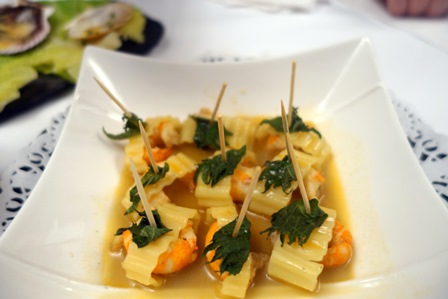
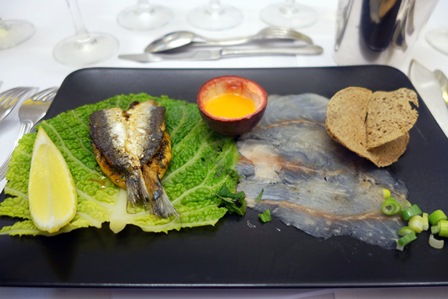
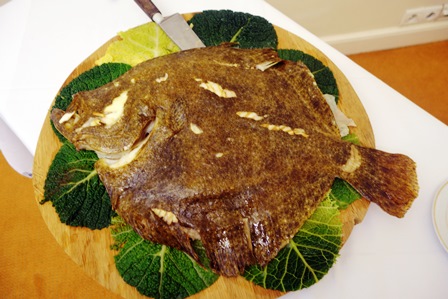
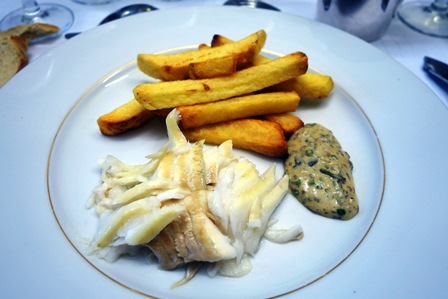
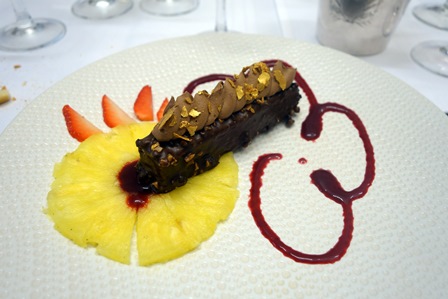
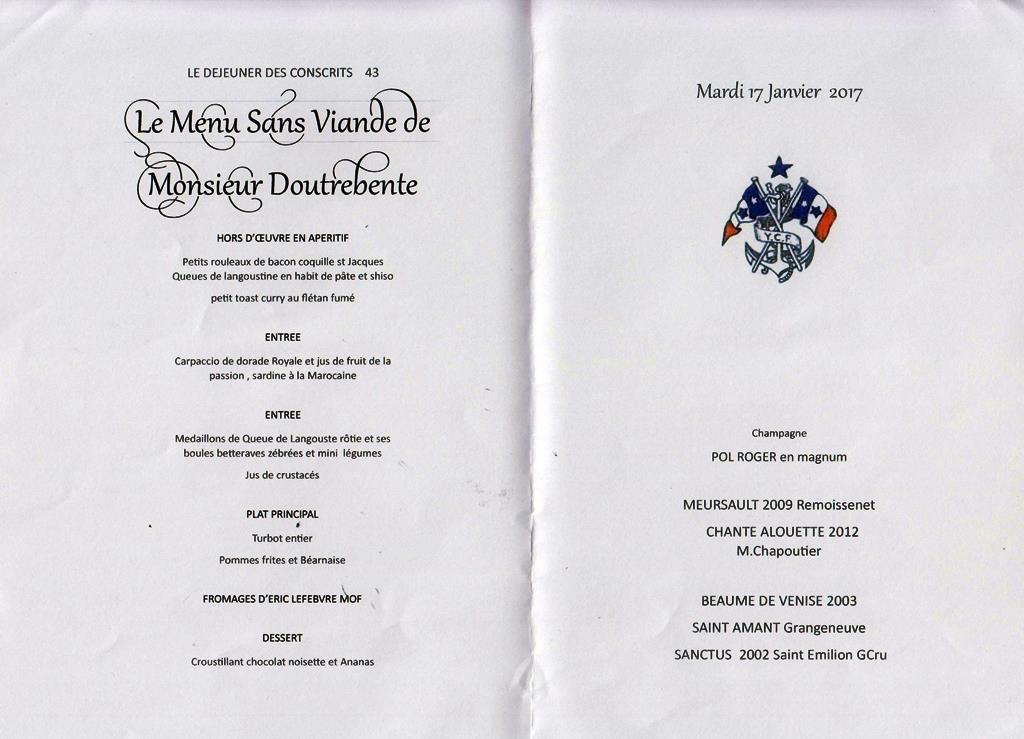





![C2Kd3stXcAA4_ay[1]](https://www.academiedesvinsanciens.org/wp-content/uploads/2017/01/C2Kd3stXcAA4_ay1.jpg)